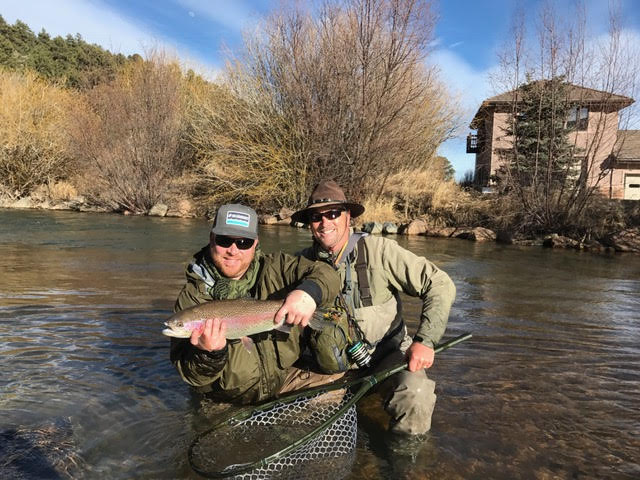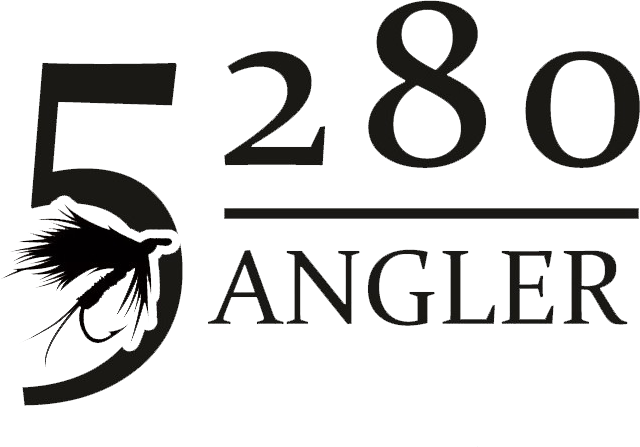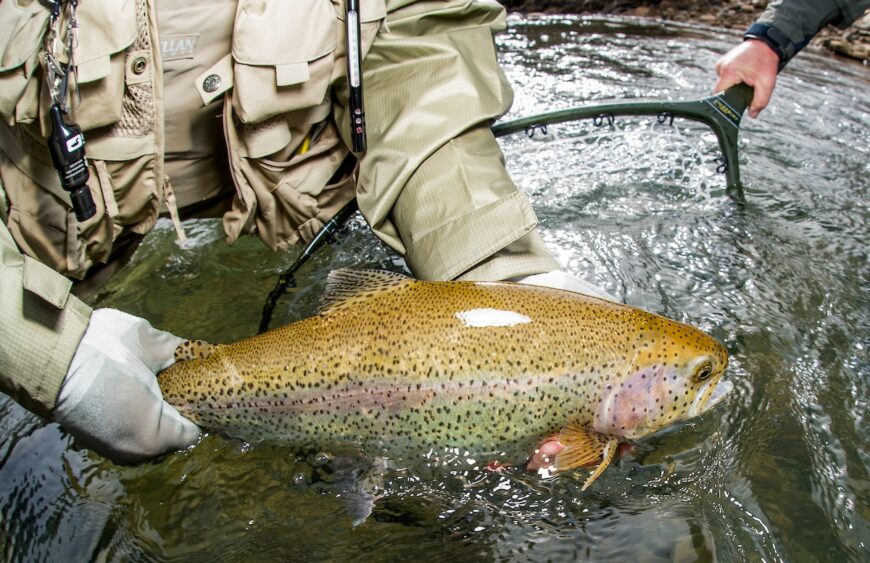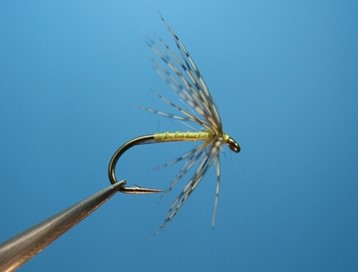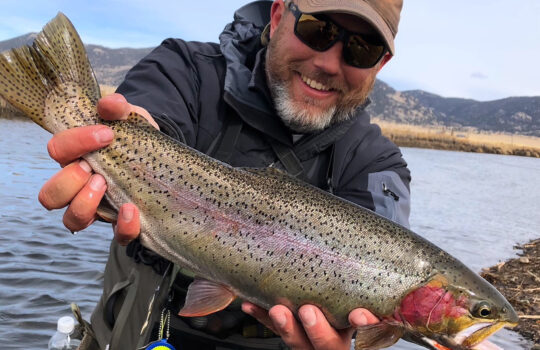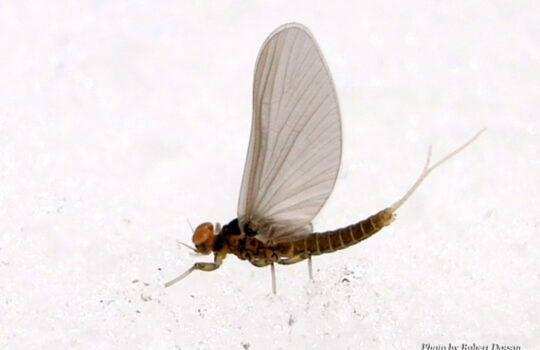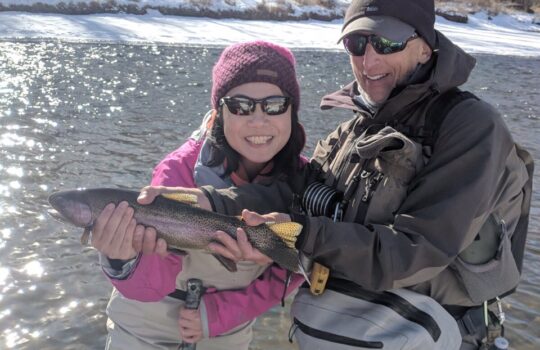Ed’s Note: We’ve all heard the adage: “A bit of weight can make the difference between catching and not.” Here, guide Ron Pecore delves deeper into the topic of weight when fishing nymphs and reveals there is more than just a bit or not…
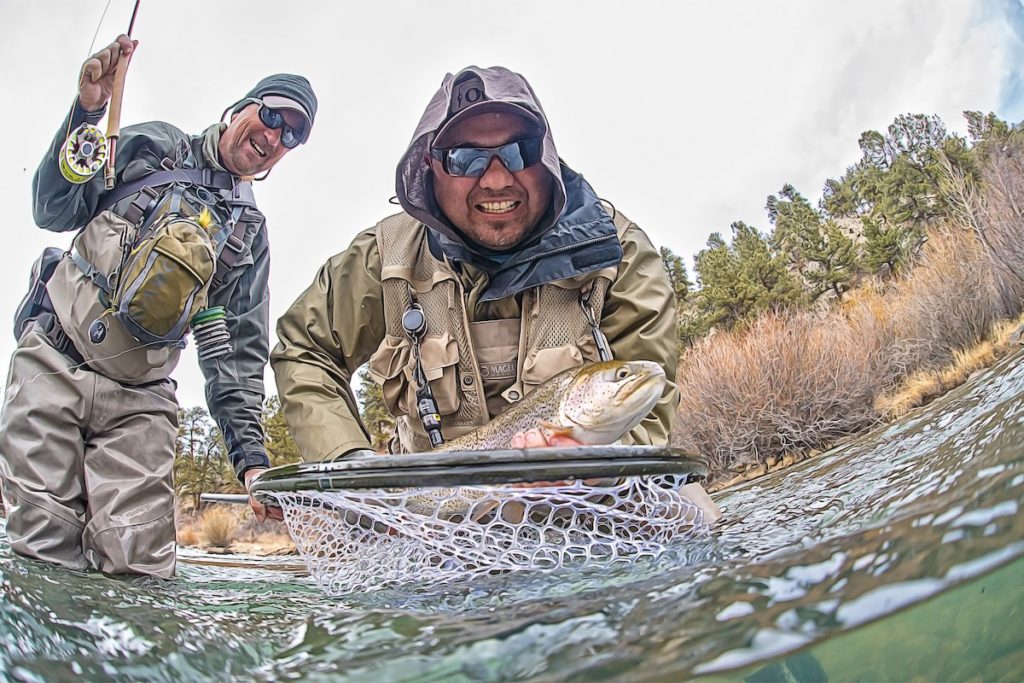
Several years ago, I started experimenting with my weight adjustments. The more nymph fishing a person does, the more they start to pay attention to how the entire rig behaves in the water column. To my point, when most anglers begin to nymph fish, they (correctly) place weight above their top fly at a certain distance (depending upon season, water temp, and flow). Most folks will, eventually, add or subtract a bit of weight throughout the day (some using tungsten putty) as dictated by temperature, depth, velocity, and other such variables. Far fewer anglers add weight BETWEEN THE NYMPHS.
I started to put weight between my flies and my hook ups increased dramatically.
Let me tell you more about my weight strategy. To start, as described above, I’ll position weight above the first fly. The exact distance will depend upon the depth, velocity, and temperature of the water. In general, the colder and deeper, the tighter I’ll run the weight to to the fly, and vice versa. Then, I attach a smaller weight between the first and second fly. In certain circumstances (Hint: runoff.) I will even position a third weight between the second and third fly as well.
Why do this? The reason is that all my flies are pulled down to to within a few inches of the bottom of the river. In certain seasons and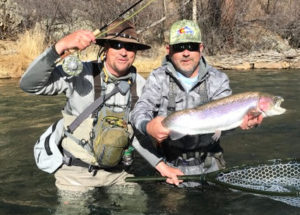 flows, this is where all the trout are positioned. If I am going to bother to rig three flies, I am going to be sure and drift them where the trout can see them.
flows, this is where all the trout are positioned. If I am going to bother to rig three flies, I am going to be sure and drift them where the trout can see them.
 flows, this is where all the trout are positioned. If I am going to bother to rig three flies, I am going to be sure and drift them where the trout can see them.
flows, this is where all the trout are positioned. If I am going to bother to rig three flies, I am going to be sure and drift them where the trout can see them.In our nutrient rich tailwater systems, this strung out method of weight distribution has been so successful that I do it very frequently – simply adjusting the size no differently than one may do with a one position system. Needless to say, a clean roll cast is critical when using this system – false casts are more likely to end up in a mess.
When rigging this nymph setup, I like to run 3x flourocarbon to both my first and second fly (Yes! Heresy on the South Platte!). I’ll then add a section 4x or 5x to my bottom or third fly, depending upon the flow and the water clarity. 6x? 7X? No. Save that for your dry fly rig! Not only will you break off less flies using 3-5X, you will dramatically lessen the time of the fight, which is a far better way to handle the fish when practicing catch and release.
Another little note on rigging this setup: To keep my split shot from sliding down from the 1st fly to the 2nd, I’ll put a half knot halfway between the two. I get away with this tippet weakening knot because I use 3x. The 3x knot holds up so well that even the legendary beasts of Boxwood Gulch do not break this system (given a quality reel is set to the correct drag).
The lore of public water emphasizes the need to use 5 and 6x and even 7x. I use almost exclusively 3 and 4x. Some trout just aren’t eating and some trout are. The diameter of the delivery system has nothing to do with it. The hunger of a fish and the depth of the meal have everything to do with it.
My thought is if I teach my client to rig well, fish well, and detect strikes, they will catch fish regardless of tippet diameter.
Weight does make all the difference. Try beefing up the tippet, spreading out the weight, and see if it increases you hookups out there!
If you are looking to “weight watch” with guide Ron Pecore or any member of the 5280 Angler team, CONTACT US today to book your guided fly fishing adventure!
photo credit: James Snyder @hoodlum_photography
